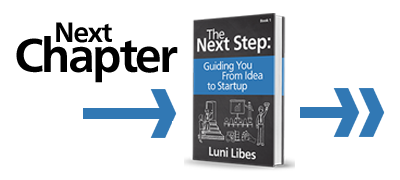To help demonstrate the lessons and provide model answers to the questions in subsequent chapters, I will provide two “real world” examples.
- “Bird Watch,” a set of tiny radio “tags” used to measure wildlife behavior.
- “Concrete Battery,” an energy storage technology using low-tech flywheels.
- “Close to Home,” on online marketplace for post-disaster homes.
Bird Watch is based on a technology developed at the University of Washington. The researchers who created this technology wanted to create a product and company based on this work. In talking with them and other researchers like them, I found a common need. They needed help thinking through and creating their business plans. They knew they wanted to create a company, but did not know the next steps to take to turn their breakthrough inventions into a viable business. This book is partly the result of fulfilling that need.
Concrete Battery is one of my own ideas, which has yet to be implemented. Many of the inventors, students, and first-time entrepreneurs I meet hold on to their ideas tightly, sharing them with others only after signing non-disclosure contracts. I strongly advocate the opposite stance. I freely share my ideas with both people I know and people I have just met. As you are about to learn, the effort required to turn an idea into a company is far from trivial. The odds of someone stealing your idea are thus very low. The odds, however, of someone providing good feedback, introducing to you someone useful, pointing out an unknown competitor, or other serendipitous, helpful acts are quite high. That is why you should share.
Close to Home is one of the “fledglings” of Fledge, the “conscious company” accelerator I founded and operate. It is a great example of how to keep a focus on a problem, but iterate upon the solutions, and then to take the resulting grand vision and narrow it down to a reasonable first product. Close to Home aims to keep communities together after natural disasters. Today, when a large-scale disaster destroys 1,000 or more homes, the survivors are forced to move to neighboring cities. Close to Home provides temporary homes to allow those survivors to remain in their home towns.
These examples illustrate the process of starting a company. Regardless of what your own idea is, you can follow the process provided here to develop your idea into a company.
Related lessons from The Next Step










